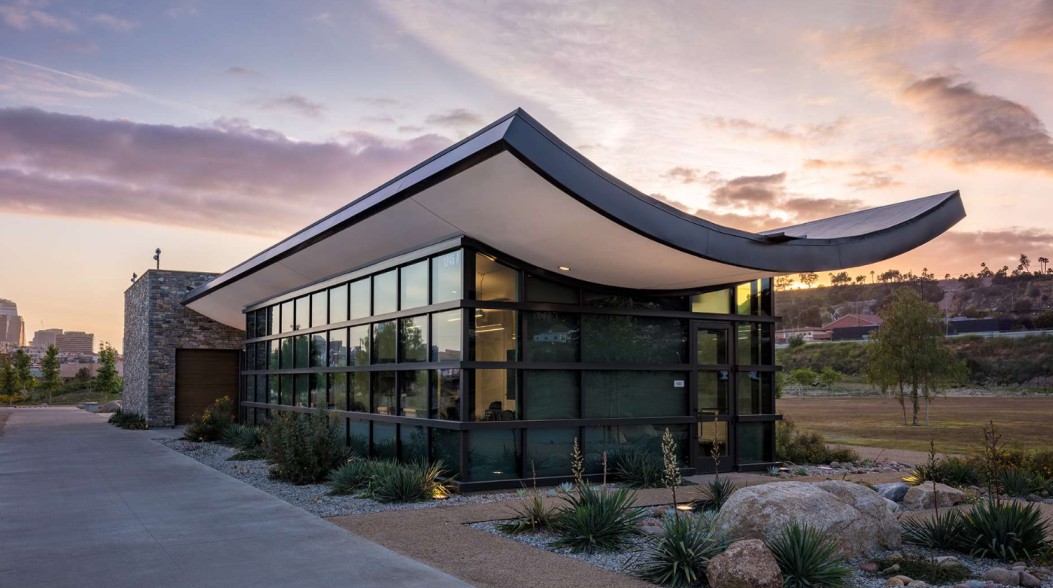Tucked away just north of downtown Los Angeles, the Los Angeles State Historic Park (LASHP) offers visitors something rare in the bustling metropolis—an open, 32-acre expanse of green space filled with history, culture, and community spirit. Known by many locals as the “Cornfield,” the park has transformed from an industrial rail yard into a thriving public space that blends nature with the city’s vibrant past.
A Landscape Rooted in History
The land now occupied by LASHP has seen centuries of human activity. Long before modern Los Angeles existed, Indigenous communities lived and thrived in this region. Later, the site became part of the Southern Pacific Railroad’s freight yard in the late 19th and early 20th centuries, symbolizing the city’s industrial and economic growth. By the late 20th century, however, the area had fallen into disuse, setting the stage for its remarkable rebirth as a public park.
From Rail Lines to Green Lines
Community activism played a key role in the creation of the park. In the late 1990s and early 2000s, local residents and advocacy groups rallied to preserve the land as open space rather than allow it to be redeveloped into warehouses. Their efforts paid off, and in 2001, California State Parks purchased the property. After years of planning and input from the community, the park officially opened to the public in 2006, with major improvements completed in 2017.
A Park for All Angelenos
Today, LASHP is more than just a green lawn—it is a cultural hub. The park features walking and biking paths, open fields for recreation, native landscaping, and striking views of the downtown skyline. It regularly hosts concerts, festivals, outdoor movies, and art installations, making it a favorite gathering spot for both locals and visitors.
The park also places strong emphasis on sustainability. Native plants, energy-efficient lighting, and environmentally conscious design choices highlight the city’s efforts to balance urban life with ecological responsibility.
Bridging the Past and the Future
What makes Los Angeles State Historic Park unique is its ability to tell the story of the city while serving the needs of a modern community. It reflects the layered history of Los Angeles—from Indigenous peoples to industrial growth to grassroots activism—while offering a peaceful escape in the middle of one of America’s busiest cities.
For residents looking for a weekend picnic spot, families seeking space for their children to play, or history buffs eager to explore the city’s roots, LASHP stands as a symbol of resilience and reinvention.


Leave a Reply